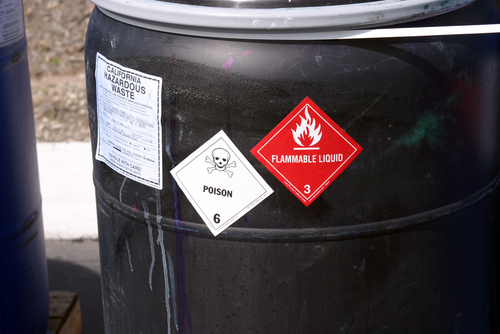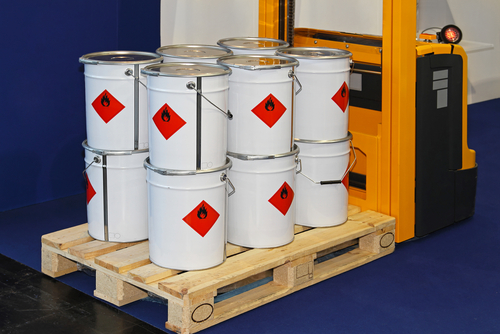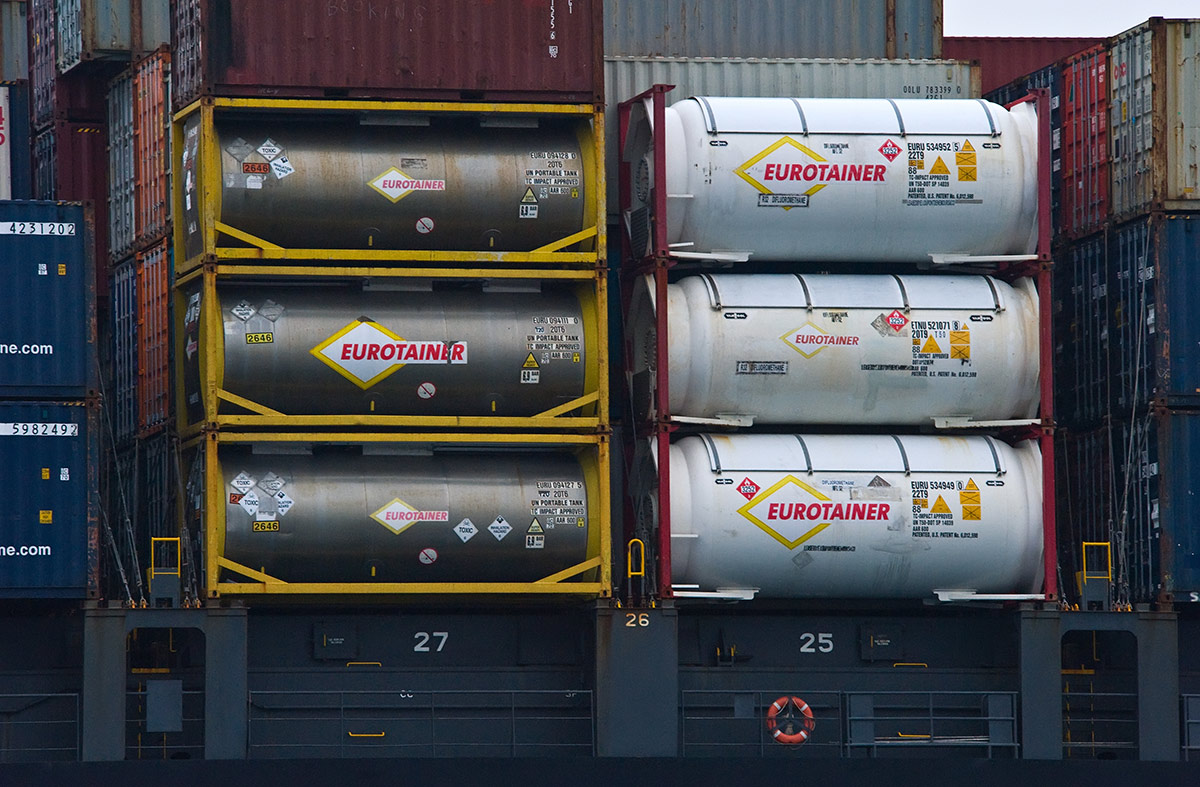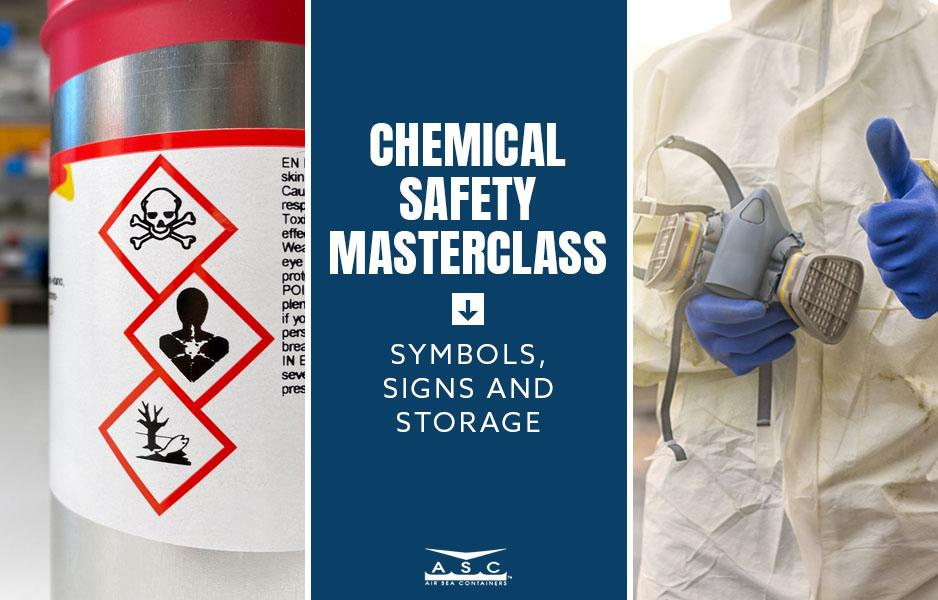If you happen to work with materials that are somewhat dangerous, you are going to see several additional markups that contain information about the product itself, the dangers it may cause to human health, and how it should be properly handled.
It’s not enough that you merely remove the hazardous material properly from the box. According to a final ruling made by OSHA in 1994, any package or transportation medium containing hazardous materials with markings, labels and placards must be “retained on packages until the packaging is sufficiently cleaned of residue and purged of vapors to remove any potential hazards and retained on transport vehicles, freight containers, motor vehicles or rail freight cars until hazardous material which requires the marking or placarding is removed therefrom.”
It’s worth noting that there is a subtle difference between a label and a placard in the context of labeling hazardous materials by the U.S. Department of Transportation (DOT) rules:
Labels and placards are both hazardous material identifiers that are created to meet pre-defined specifications and regulations. Labels are placed on packing and overpacks that contain hazardous materials and are smaller in size. Shippers need to choose the labels correctly or face delays and expensive fines.
Placards are larger versions of labels placed on transport vehicles and bulk packages of a larger size. Due to their size, they are generally more durable.
There are also markings, which are additional identifiers that describe the contents of the package in greater detail. In order to stay in tune with the regulations set out by 49 CFR, markings are mandatory to have on a package when relevant.
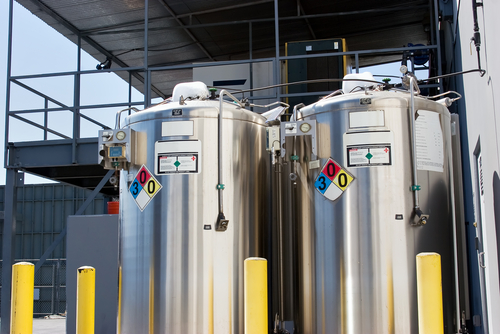
The appearance of the label or the placard is dependent on the hazard, organized into 9 different classes. There are separate colors that distinguish each class. All of them need to stand out with a background that contrasts the text for legibility while being distinguishable from the packaging medium that they come in.
There are specific rules regarding color, shape, and size for the labels, and the text cannot be anything other than black or white. On top of that, the text must be in plain American English. The label needs to be placed on one side of the package, while a placard must be placed on all four sides of the container and remain a fair distance away from any other surrounding markings. Markings are not governed by such strict design rules, but they do need to be clear in their description.
Labels and the placards are placed on a storage container to disclose the following:
Universal Communication
Labels on storage containers convey multiple pieces of information at once. They describe the chemical inside, the hazard it presents, how it needs to be handled, and where the packages should be placed. This keeps workers handling the packages efficient and safe while handling the material.
With respect to the public, there should be enough information on the package to inform the individual that they are moving something that could be harmful to their personal safety and property. Although the average person will not be able to fully understand every nuanced detail on the label or placard, they will have enough information to know that they should keep their distance from the packaging.
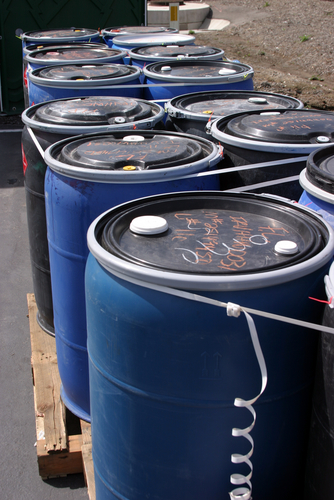
Provides Information for Emergency Situations
Imagine that you arrive at the scene of an emergency, and you find an unknown substance covering a large part of the scene. There are no safety signs around inform you and out of concern for your own safety, you stay far away from the area without investigating it because you don’t know how to proceed.
If you have a clear label or placard, your game plan changes. Now, you know the danger that you are facing and you can always look up the appropriate actions that need to be taken. Depending on the nature of the emergency, the placard might be the only clue that tells you what materials were a part of the accident. Responders can use the information from placards to evacuate people from the scene and perform the appropriate clean-up with the correct tools for spill control.
Above All Else, They Are Mandatory!
It is law in the United States of America to properly label and placard all of your packaging and transportation mediums with the necessary hazard identification symbols. It only takes wrong labeling of a hazard to incur serious penalties.
Placards and labels are vital to the safety of the general public and those who are responsible for handling storage containers that hold hazardous materials during the shipping and handling process. It may seem unnecessarily strict, but your mind will quickly change when you add up all of the lives that are saved when you make personal safety a top priority.

